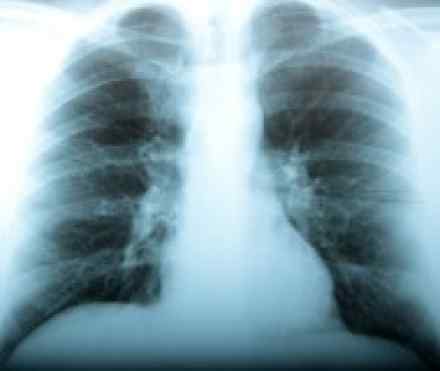
What is it?
Paget's disease of the breast is a rare form of breast cancer, accounting for less than 5 percent of all breast cancers. Paget's disease of the breast starts in the breast ducts and extends to the skin of the nipple and to the dark circle of skin (areola) around the nipple. Paget's disease of the breast isn't related to Paget's disease of the bone, a metabolic bone disease.
Paget's disease of the breast occurs most often in women over age 50. Most women with Paget's disease of the breast have underlying infiltrating ductal breast cancer. Only in rare cases is the cancer confined to the nipple itself.
Symptoms
Paget's disease of the breast affects your nipple and its surrounding skin (areola). It's easy to mistake the signs and symptoms for skin irritation (dermatitis) or another noncancerous (benign) skin condition of the nipple.
Possible signs and symptoms of Paget's disease of the breast include:
- Flaky or scaly skin on your nipple
- Crusty, oozing or hardened skin resembling eczema, on the nipple, areola or both
- Redness
- Itching
- A burning sensation
- Straw-colored or bloody nipple discharge
- A flattened or inverted nipple
- Affected areas beyond the nipple and areola
- A distinct lump underneath the nipple and areola
- Skin and nipple changes usually in one breast only
- Fluctuating skin changes early on, making it appear as if your skin is healing on its own
On average, a woman may experience signs and symptoms for six to eight months before a diagnosis is made.
Causes
Doctors don't know what causes Paget's disease of the breast. But one widely accepted theory is that Paget's disease of the breast results from an underlying ductal or invasive breast cancer. Cancer cells from the original tumor travel through milk ducts to the nipple and its surrounding skin (areola).
Another theory suggests that normal cells on the surface of your nipple spontaneously transform into cancer cells. In rare cases of Paget's disease of the breast, no underlying breast cancer can be found.
Risk factors
Risk factors that affect your likelihood of developing Paget's disease of the breast are the same factors that affect your risk of developing any other type of breast cancer.
Some factors that make you more susceptible to breast cancer include:
- Aging. Your chances of developing breast cancer increase as you get older.
- A personal history of breast cancer. If you've had breast cancer in one breast, you have an increased risk of developing cancer in the other breast.
- Family history. If you have a mother, sister or daughter with breast or ovarian cancer or both, or even a male relative with breast cancer, you have a greater chance of also developing breast cancer.
- Genetic predisposition. Defects in one of several genes, especially BRCA1 or BRCA2, put you at greater risk of developing breast cancer as well as ovarian and colon cancers.
- Radiation exposure. If you received radiation treatments to your chest as a child or young adult, you're more likely to develop breast cancer later in life.
- Excess weight. Weighing more than is healthy for your age and height increases your risk of breast cancer — especially if you gain that weight after menopause. Also, significant weight gain during puberty is linked to increased risk of breast cancer later in life.
- Exposure to estrogen. The longer you're exposed to estrogen — which circulates in higher levels in your body from menstruation to menopause — the greater your breast cancer risk. Early menstruation, occurring before age 12, or late menopause, occurring after age 55, prolongs your exposure to estrogen. Taking estrogen, such as for hormone replacement therapy, also increases the risk of breast cancer for some women.
- Race. White women are more likely to develop breast cancer than black or Hispanic women are, but black women are more likely to die of the disease.
- Having one or more risk factors doesn't necessarily mean you'll develop breast cancer. Most women with breast cancer have no known risk factors.
Diagnosis
Tests to evaluate your condition may include:
- Clinical breast exam and physical exam. During this exam, your doctor checks for unusual areas in your breasts, noting the appearance of the skin on and around your nipples and feeling for any lumps or areas of thickening.
- Mammography. Undergoing mammography — an X-ray exam of your breast tissue — may indicate whether the nipple and skin changes are also linked to an underlying breast cancer, as is often the case in Paget's disease of the breast. Even if results from mammography don't reveal any signs of breast cancer, your doctor may want to follow up with alternative imaging tests, such as ultrasound or magnetic resonance imaging (MRI), to be certain there's no underlying breast cancer.
- Breast biopsy. During a biopsy, your doctor obtains a small sample of tissue from the skin of your nipple for examination under a microscope. If you have nipple discharge, a sample of the discharge might also be collected for microscopic examination. If cancer cells are detected in the samples collected, you may be referred to a breast surgeon to discuss treatment options

